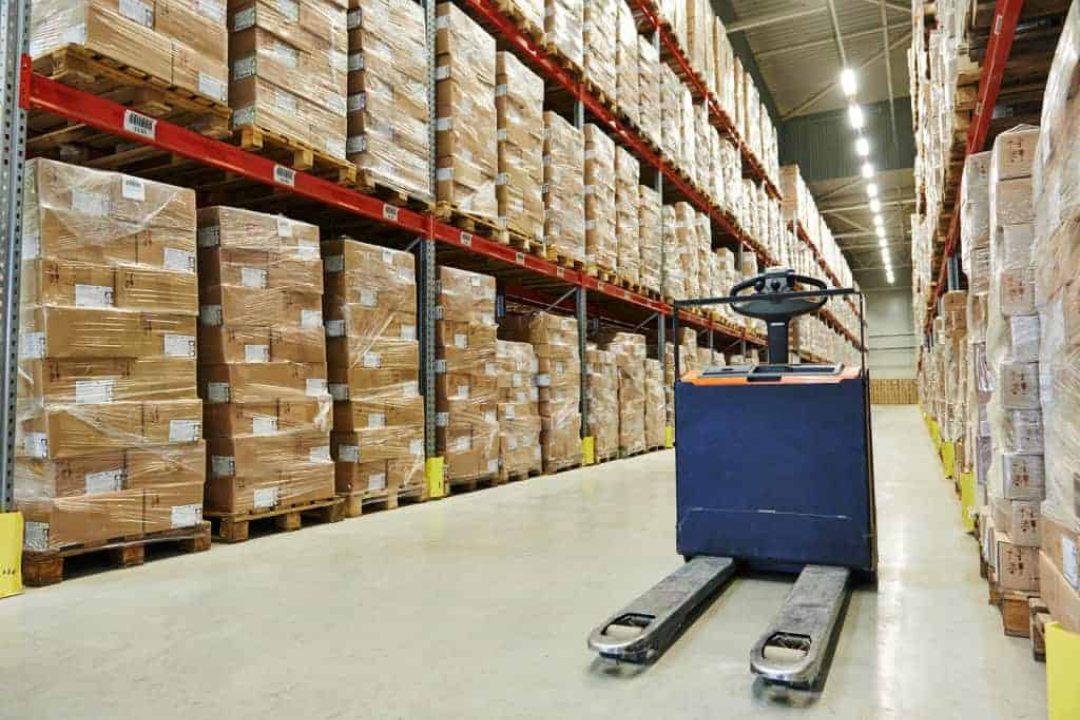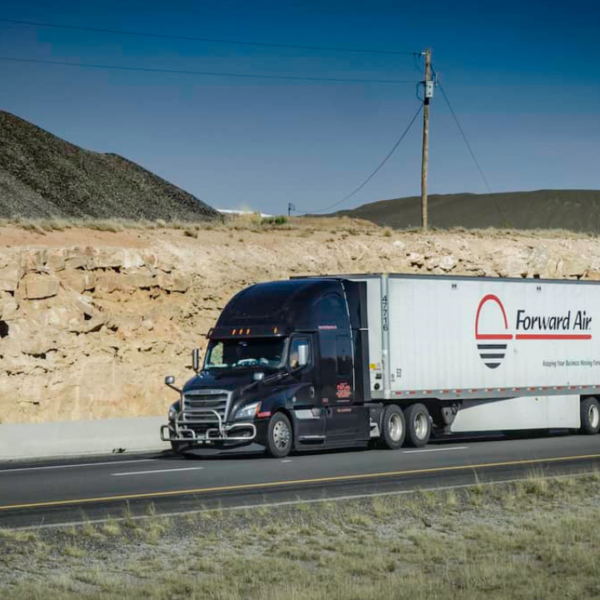Do you know how big a decision it can be to lease or buy a warehouse? After all, any company’s usefulness, speed, and ability to make money rests on their warehouse site selection.
If you’re wondering why location is important, it’s because having the right location can help your company compete effectively and serve its customers well.
Think carefully about the following things as you decide where to locate the logistic center location. Write down your ideas as you go, and then compare your list to the options you have. The final decision should not be made until all the important facts have been gathered and looked at.
Understanding the Importance of Warehouse Location Selection
Warehouse location selection is crucial for minimizing logistical costs and enhancing the customer experience.
The significance of warehouse location makes choosing a new plant site difficult, but thorough analysis helps determine the company’s basic needs and lead the decision process.
How Can the Right Location Add Value to Your Business?
- Right office space reduces employee turnover, and attracts better talent.
- People are willing to pay more for convenience
- Geospatial data of stores, customers, suppliers, competitors, and markets helps understand the role each location plays in business success.
- Proximity to busy roadways can make a lot less desirable for resale
Also Read, 3 Key Things You Must Know About Container Shipments
How Do Lease Rates Impact Operational Costs?
The bottom line of a business may be affected by the lease terms. If rental prices go up, it could mean that profits go down.
How much of the total cost a business is responsible for is based on how much of the rentable room in a building it uses.
An operational lease reduces the cash flow used for business, but it doesn’t change the cash that can be used for investments or loans. Leasing with a financing part could have a big effect on your cash flow.
Importance of Workforce Availability and Labor Costs
Adding the cost of labor to the price of a good or service is a common thing. When it comes to labor costs, business owners who know these factor well benefits in warehouse site selection:
- Budget for projects more effectively
- Price products more accurately
- Minimize overspending and misplaced priorities
- Achieve better quality products and services
- Obtain the maximum quantity of output with the least amount of materials and other resources
- Determine the amount of factory overheads when estimating product cost
Analyzing Transportation Access: Roads, Airports, and Ports
Proximity to transportation hubs i.e., roads, airports, and ports improve efficiency by reducing stress and enhancing productivity. Employees benefit from easy access to public transportation hubs, fostering a positive association between company employment and efficient travel.
Market Proximity and Local Environment Factors
When selecting a warehouse location, consider market proximity and local factors like suppliers. Being close to suppliers reduces inventory carrying and transportation costs, as well as the risk of receiving goods from them. This approach helps minimize risks and ensures a successful warehouse operation.
Also Read, What is Last-mile Pickup and Delivery? : Definition & Solutions
Assessing Building Availability and Utility Costs
To assess a logistic center location’s suitability for your business needs, ensure it has sufficient electrical, air conditioning, and telecommunications services. Hire an independent engineer for an objective evaluation of the building’s infrastructure.
Considering Your Customer Base and Supplier Network
Strategic location benefits both customers and suppliers by minimizing travel time and maximizing potential customers. For example, a company selling automotive parts should be near manufacturers and suppliers, as it minimizes travel time and increases the number of potential customers.
The Role of Forecasting and Technology in Location Selection
Accurate forecasting and up-to-date technology are crucial for accurate predictions of future trends using current and historical data.
Delving Into Product Types and Shipping Times
When selecting a warehouse location, consider factors such as transportation, location, and accessibility.
A warehouse should be near the desired method, with minimal traffic delays and peak hours. It is also important to find a warehouse near major population centers to reduce transportation times and costs, especially for businesses relying on just-in-time inventory management or fast delivery times.
Additionally, the warehouse should have easy access to highways, railway stations, airports, and seaports, allowing for easy loading and unloading of goods, minimizing handling costs.
Also Read, Fulfillment service vs. Supply chain: what is the difference?
Contact Lading Logistics for comprehensive logistics solutions.
Overall, common challenges in choosing a warehouse location include rent rates, taxes, workforce availability, labor skills, and building availability and utility costs. Lading Logistics is dedicated to staying up-to-date with the latest developments in the trucking industry. They offer a wide range of services, including:
- Freight forwarding
- Ocean, train, road, air, and container transport
- Storage solutions
- Last-mile pickup and delivery
- Retail sales and distribution
- Trade automation services
- Warehousing
By leveraging their expertise and resources, Lading Logistics aims to provide efficient and reliable international shipping and logistics solutions for their clients.
Also Read, Best 9 Ways to Improve the Procurement Efficiency in Business
FAQs
What is the first question to ask when conducting warehouse location planning?
When conducting warehouse location planning, ask the first question: “Where are my customers located?” If your customers are primarily in the Pacific Northwest, you likely need one centrally located warehouse.
What are the 10 factors to consider when selecting a warehouse?
When choosing a warehouse, consider factors like highway accessibility, public transportation, interconnectivity, traffic speed, peak hours, proper road signs, and road safety and conditions.
How does the degree of development of a potential location impact the ability to attract new hires?
Potential location development affects recruitment ability, with factors like labor market, company goals, culture, employment conditions, workforce planning, recruitment policy, organization size, costs, growth, and company’s goodwill influencing recruitment efforts.
What are the most important aspects to consider when designing and laying out a warehouse?
Consider loading, transport, and management capacity of technical resources when designing and laying out a warehouse layout, and consider handling equipment if necessary.
What are the six considerations to determine the optimal warehouse location?
Six considerations for optimal warehouse location include proximity to suppliers, producers, market, and local environmental factors, reducing lead times, transportation costs, and responsiveness.



